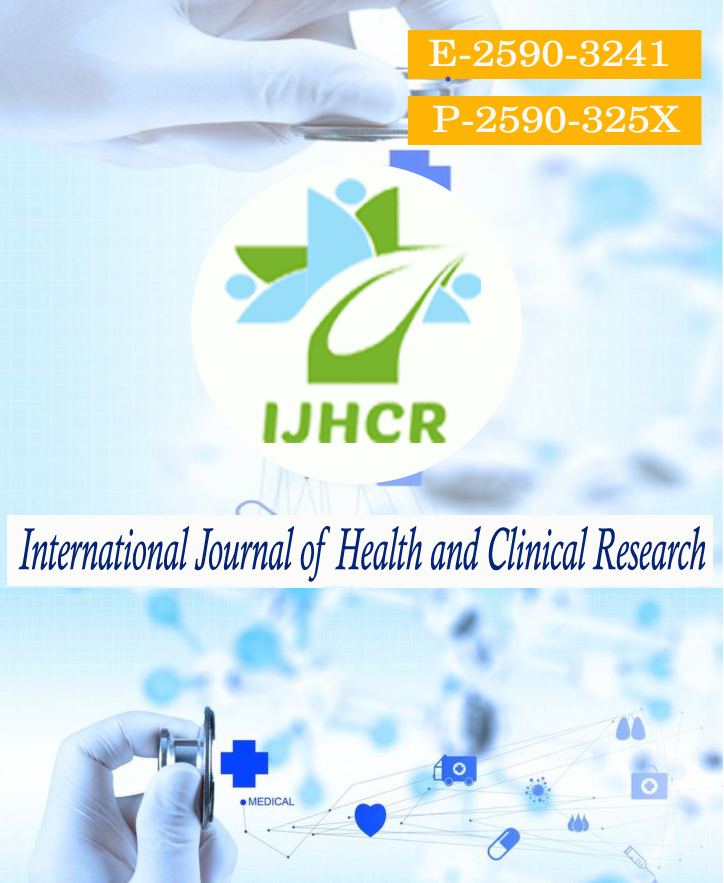Correlation study between serum uric acid and lipid profile in patients with essential hypertension
Keywords:
Hyperuricemia, Hypertensive, HyperlipidemiaAbstract
Background: Essential hypertension (EHT) is a major health problem in developed countries and affects nearly one billion people worldwide. It is postulated that increased serum uric acid (SUA) level plays a pathogenic role in the evolution of EHT. Hyperuricemia can affect adipocytes by reducing production of adiponectin, which in turn decreases lipid catabolism, thereby contributing to dyslipidemia. The aim of the present study is to assess the SUA level, lipid profile and to determine the correlation of SUA with lipid parameters in patients with EHT. Methods: In this hospital-based case control study, a total of 50 newly diagnosed and untreated hypertensive patients of age group 35-65 years irrespective of sex were included as cases and a total of 50 age and sex matched, normotensive subjects were included as controls. Patients with history of Diabetes Mellitus, Renal diseases, Chronic liver disease, Familial hyperlipidemia, Gout, smoking, alcohol consumption, obesity and patients on lipid lowering drugs were excluded. SUA and lipid profile were measured in all study and control subjects by standard method. Results: Mean serum uric acid levels were significantly higher in the essential hypertension group (7.83±0.16) compared to control group (4.99±0.31) (p<0.001). Total cholesterol, Triglyceride, LDL and VLDL levels were significantly higher while HDL level was significantly lower in EHT group as compared to controls (p<0.001). SUA had significant positive correlation with total cholesterol, triglyceride, LDL, VLDL, Apo B and Apo B/A1 ratio while SUA had significant negative correlation with HDL and Apo A1 (p<0.001). Conclusion: In this study, mean SUA levels were significantly higher in the EHT group as compared to control group. SUA was found to be positively and significantly correlated with total cholesterol, triglyceride, LDL, VLDL, Apo B and Apo B/A1 ratio while SUA had significant negative correlation with HDL and Apo A1.
Downloads
Published
How to Cite
Issue
Section
License
Copyright (c) 2022 Prayaga Prabhu, Zoheb Raj, Sajla K, Anju Devasia

This work is licensed under a Creative Commons Attribution 4.0 International License.






 All articles published in International Journal of Health and Clinical Research are licensed under a
All articles published in International Journal of Health and Clinical Research are licensed under a 